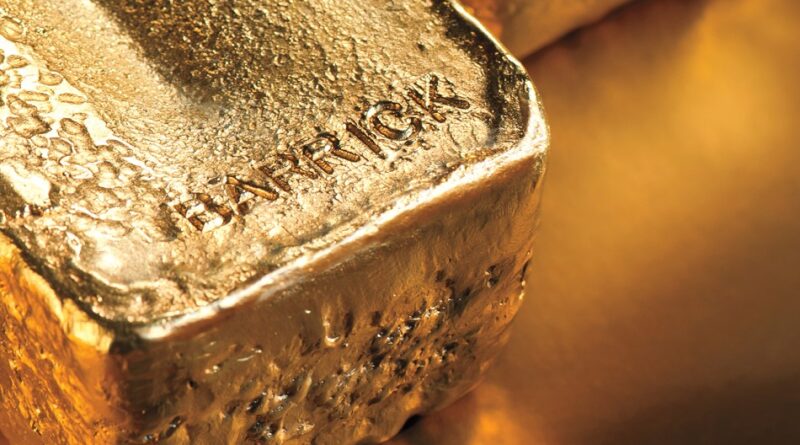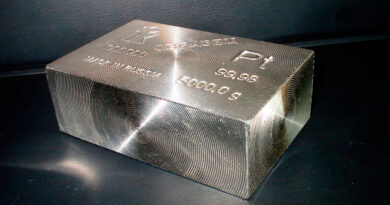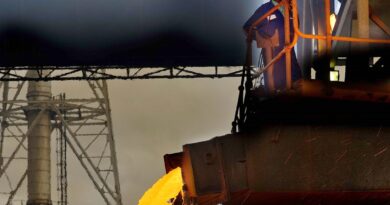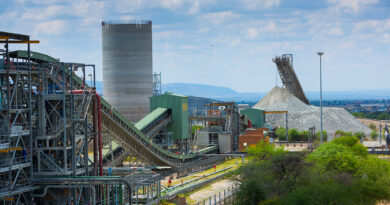Barrick Reports production results with improvement at Pueblo Viejo
TORONTO — Barrick Gold Corporation has reported preliminary Q3 production of 943 thousand ounces of gold and 48 thousand tonnes of copper, as well as preliminary Q3 sales of 967 thousand ounces of gold and 42 thousand tonnes of copper. The Company continues to expect a materially stronger Q4 to deliver 2024 production within the range of its full year gold and copper guidance.
The average market price for gold in Q3 was $2,474 per ounce while the average market price for copper in Q3 was $4.18 per pound.
Preliminary Q3 gold production was in line with Q2. Pueblo Viejo delivered a 23% sequential improvement on continued plant optimization, whilst North Mara had a stronger quarter driven by higher grades. At Carlin, the Gold Quarry roaster expansion, completed during a Q3 shutdown, is expected to underpin higher throughput and recoveries in Q4. Turquoise Ridge improved versus Q2, with a stronger underground mining performance more than offsetting a planned shutdown of the Sage autoclave in Q3. At Kibali, underground development during Q3 opened up access to more high-grade underground headings, which are expected to be further supplemented by higher open pit grades and volumes to drive a stronger performance in Q4. Compared to Q2, Q3 gold cost of sales per ounce1 is expected to be 1% to 3% higher, total cash costs per ounce2 is expected to be 3% to 5% higher and all-in sustaining costs per ounce2 are expected to be 0% to 2% higher, in part reflecting higher royalties from the higher gold price received.
As expected, preliminary Q3 copper production was higher than Q2, driven primarily by higher grades and recoveries at Lumwana following improved ore access driven by the ramp up in stripping activities in Q2, with further improvements expected in Q4. Compared to Q2, Q3 copper cost of sales per pound1 is expected to be 5% to 7% higher, C1 cash costs per pound2 are expected to be 13% to 15% higher, while all-in sustaining costs per pound2 are expected to be 2% to 4% lower, primarily due to a decrease in capitalized waste stripping at Lumwana.




